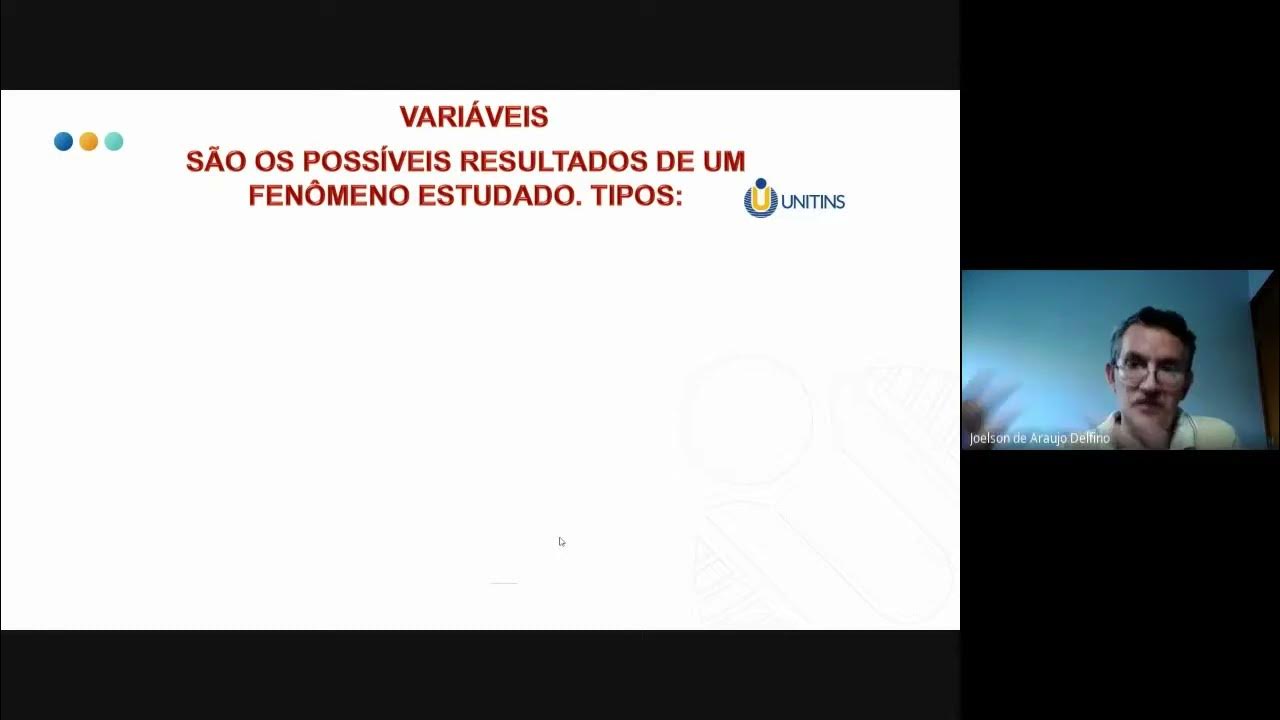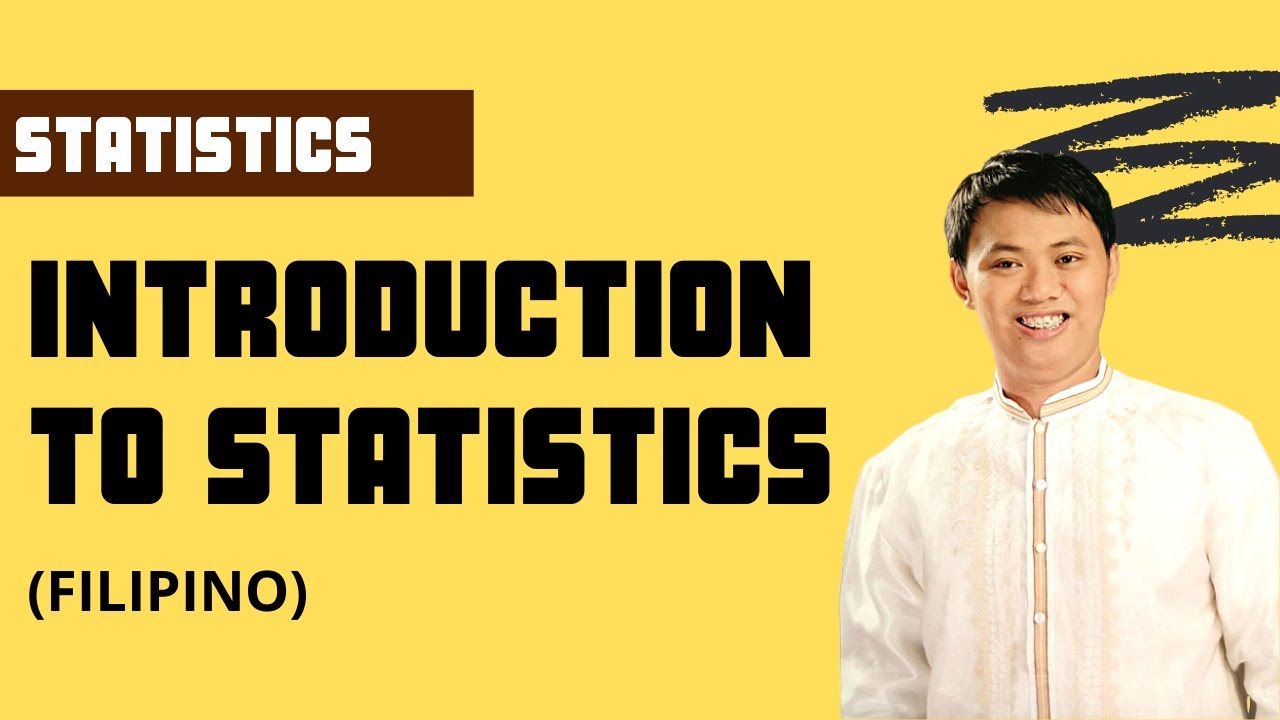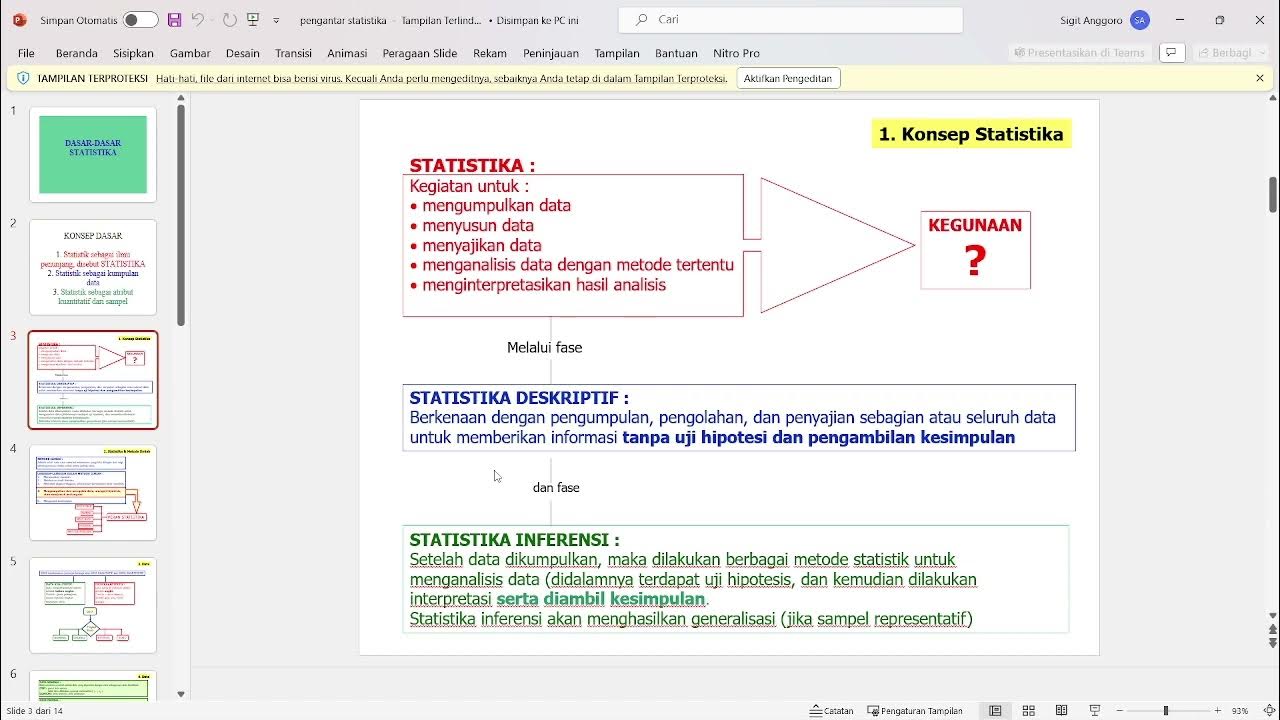Statistik 1 : fungsi dan kegunaan statistika
Summary
TLDRThis lecture introduces the foundational concepts of statistics, emphasizing its role in data collection, analysis, and decision-making. It defines statistics as the gathering and organization of numerical data to provide meaningful insights into various phenomena. Statistika, the science behind statistics, covers data collection, processing, analysis, and drawing conclusions. The lecture highlights how statistics simplifies complex data, aids in comparisons, and helps predict future trends. Real-life applications include research efficiency, studying relationships between variables, and forecasting outcomes, such as in public health or education. Mastering statistics is essential before utilizing tools like SPSS for data analysis.
Takeaways
- 😀 Statistics is the activity of collecting data to serve administrative needs, such as information on population or income.
- 😀 Statistika (Statistics) is a scientific discipline focused on the methods of data collection, processing, analysis, and drawing conclusions.
- 😀 The goal of statistics is to simplify complex data into understandable forms, often through numbers, tables, or diagrams.
- 😀 Statistika helps in decision-making by providing facts and data analysis, allowing for informed conclusions and predictions.
- 😀 Statistical methods are crucial for comparing data, measuring phenomena, and determining cause-and-effect relationships.
- 😀 Using a sample rather than the entire population allows researchers to efficiently conduct studies while ensuring accuracy.
- 😀 Statistical analysis aids researchers in understanding relationships between variables in a study.
- 😀 Statistics is instrumental in predicting future trends, such as forecasting disease spread or making projections in various fields.
- 😀 Data from statistical studies can help assess the effectiveness of educational methods, media, and learning outcomes.
- 😀 The role of statistics is essential in transforming raw data into meaningful insights for practical use in various fields like research and administration.
- 😀 Statistics also provides tools for interpreting data and making predictions for future scenarios, contributing to informed decision-making in various sectors.
Q & A
What is the main objective of the first lecture in the transcript?
-The main objective of the first lecture is to help students understand the basic concepts of statistics and statistical data, including its definition, role, and terminology.
What is the definition of statistics as mentioned in the transcript?
-Statistics is the process of collecting data, such as data about population or income, which is organized and tabulated to provide meaningful information about issues, phenomena, or events.
How is the term 'statistics' described in the context of the lecture?
-In the context of the lecture, 'statistics' is described as a collection of numerical facts that are organized in lists, tables, or diagrams to portray or illustrate a problem.
What does 'statistika' refer to in the lecture?
-In the lecture, 'statistika' refers to the science or knowledge that deals with the methods of data collection, data processing, data analysis, drawing conclusions, and making decisions based on facts or available data.
How is statistics related to statistika?
-Statistics is the product of statistika; statistika is the science or knowledge that creates and processes statistical data.
What are the key functions of statistical data according to the lecture?
-The key functions of statistical data include simplifying complex data into an understandable form, making comparisons, measuring the magnitude of phenomena, determining cause-and-effect relationships, and predicting future outcomes.
How does statistics help in research and decision-making?
-In research, statistics helps by allowing the use of samples rather than entire populations, making research more efficient. It also enables researchers to analyze collected data, draw appropriate conclusions, and make informed decisions.
What role does statistics play in comparing groups in research?
-Statistics allows for the comparison of different groups to observe differences in research outcomes and helps in determining whether significant differences exist between the groups.
How can statistics be used to identify relationships between variables?
-Statistics helps identify relationships between variables by analyzing the data and determining whether or not there is a correlation or causal link between them.
How can statistics be applied to future predictions?
-Statistics can be used to predict future events by analyzing historical data and trends. For example, in the case of a pandemic, statistical data on its spread can help forecast future trends and guide preventive measures.
Outlines

This section is available to paid users only. Please upgrade to access this part.
Upgrade NowMindmap

This section is available to paid users only. Please upgrade to access this part.
Upgrade NowKeywords

This section is available to paid users only. Please upgrade to access this part.
Upgrade NowHighlights

This section is available to paid users only. Please upgrade to access this part.
Upgrade NowTranscripts

This section is available to paid users only. Please upgrade to access this part.
Upgrade Now5.0 / 5 (0 votes)





